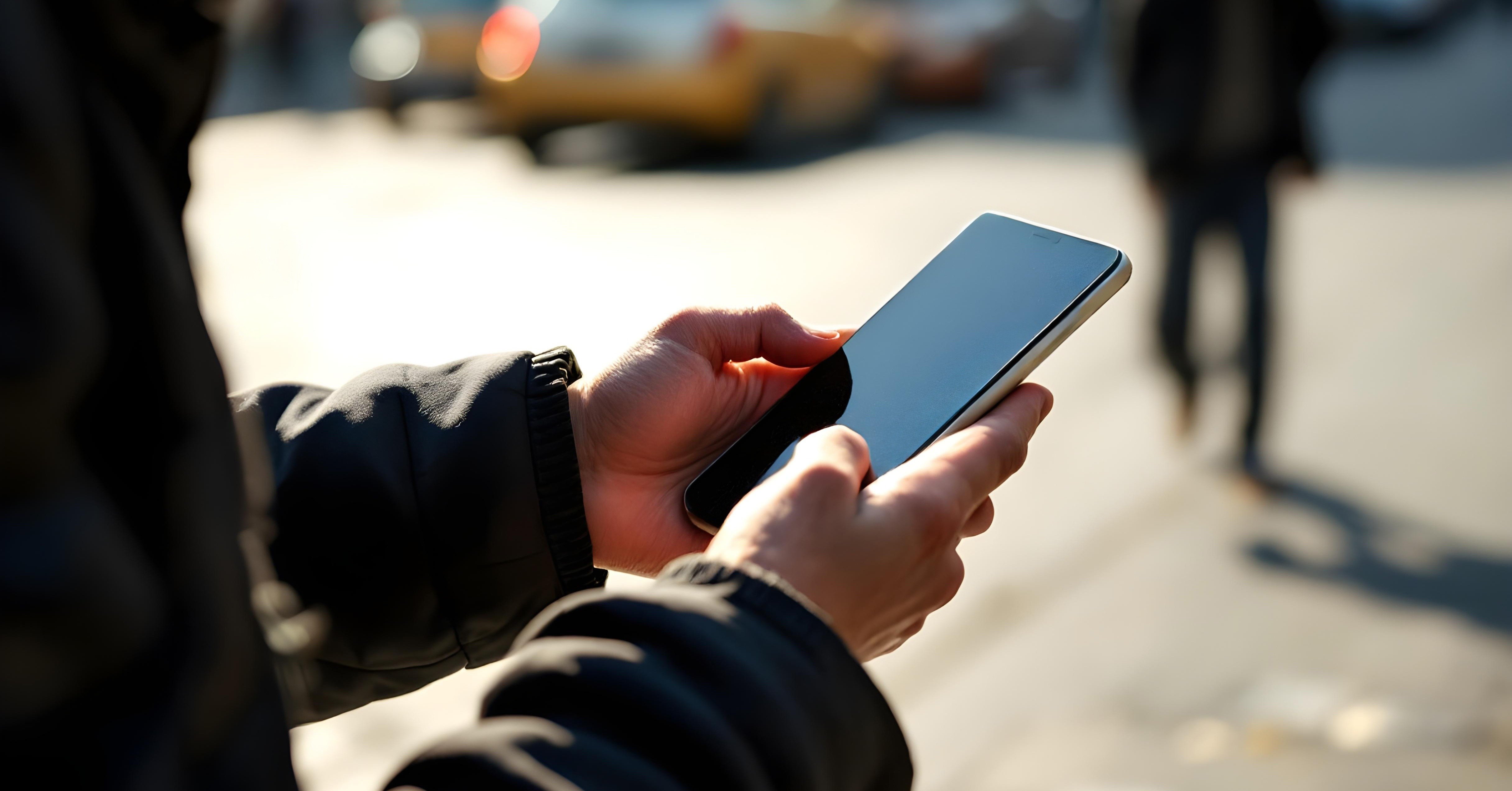Cities like London, Paris, and New York are cultural hubs, brimming with life and opportunity. Yet, they also present unique challenges when it comes to personal security. One growing concern is smartphone snatching, which has surged in cities like London, where incidents have increased by 151% in the past year. Reports show that 54% of these thefts involve pedal bikes, with well-organized crime networks often behind these attacks.
At Abacus Group, we’ve observed a rise in lost or stolen smartphone service requests. Stolen phones don’t just disappear—they can end up in global hubs like China’s "Silicon Valley," where they are dismantled for parts and/or resold. It’s important to remain extra vigilant post theft for targeted phishing attacks as criminals endeavour to gain access to your device and accounts. For professionals and individuals alike, these incidents underscore the critical importance of proactive measures, like Mobile Device Management (MDM), to protect both your devices and the data they hold.
Protecting Personal Data
Your smartphone is more than a communication device; it’s a repository of personal information. From contacts to private messages and stored passwords, a stolen phone can expose you to identity theft or other security threats.
- Be Aware of Your Surroundings
Avoid using your phone in crowded or high-risk areas such as busy intersections, public transportation, or near curbs. Keeping your phone out of sight when not in use is one of the simplest yet most effective deterrents.
- Use a Strong Lock Screen
Protect your device with a secure PIN, password, or biometric lock like facial recognition or fingerprint. Avoid predictable combinations like “1234” or “0000.”
- Enable Encryption
Activate encryption in your phone’s settings to ensure that, even if stolen, the data on your device cannot be easily accessed by unauthorized users.
- Consider AI-Powered Features on Android Devices
For Android users, Google’s Theft Detection Lock introduces an innovative AI-powered feature that instantly locks your phone if it detects motion patterns consistent with theft. This cutting-edge tool analyzes movements like a snatch followed by rapid movement on foot or bike, locking the phone to prevent unauthorized access.
- Enable “Find My Phone” Features
Use tracking tools like “Find My iPhone” or “Find My Device” to locate, lock, or erase your phone remotely. These features can also activate anti-theft measures such as Stolen Device Mode or Activation Lock, preventing unauthorized use.
- Avoid Using Your Phone Case as a Wallet
Many people now store bank cards, ID, or cash in compartments within their phone cases. While convenient, this practice increases the risk of losing everything if your phone is stolen. Without your phone, you may also struggle to block cards or report the theft using mobile banking apps. Consider carrying these items separately to reduce this risk.
- Lock or hide apps with Face ID in iOS 18
Set applications to be hidden or locked, requiring Face-ID to open. This applies an extra layer of biometric security to opening or using applications. Link to iPhone user guide here.
- Contact Your IT Provider Immediately
If your phone is used for work purposes or contains company data, notify your IT provider as soon as possible. Your IT team can take swift action to secure sensitive information, such as disabling access to corporate apps, accounts, or emails. They can also assist in remotely wiping the device if needed to ensure data remains protected.
Protecting Corporate Data
For professionals, a stolen phone can compromise more than just personal information — it can also jeopardize sensitive corporate data. To safeguard against such breaches, businesses must implement proactive measures to secure devices and the data they contain, even in the event of theft. The following strategies can help minimize these risks:
- Enable Mobile Device Management (MDM)
Corporate devices should have MDM tools installed to allow IT teams to enforce security policies, manage devices remotely, and wipe sensitive data if necessary.
- Regular Security Training
Implementing regular training ensures that staff understand how to secure their devices, recognize phishing attempts, and take quick action in the event of theft.
- Encrypt Corporate Files
Encryption settings ensure that sensitive documents and corporate data remain unreadable without the proper key, even if a thief attempts to extract files from your device.
- Separate Personal and Corporate Data
Use designated apps or secure containers to keep corporate files isolated from personal data. This reduces the likelihood of a complete data breach.
With smartphone theft on the rise, it’s essential to protect both your devices and the data they hold. Tools like Google’s AI-powered Theft Detection Lock on Android devices highlight how technology is evolving to combat these crimes. As we look to the future, the rise of AI offers a powerful ally in the fight against organized crime, creating a path towards smarter, safer solutions that protect individuals and businesses alike.
